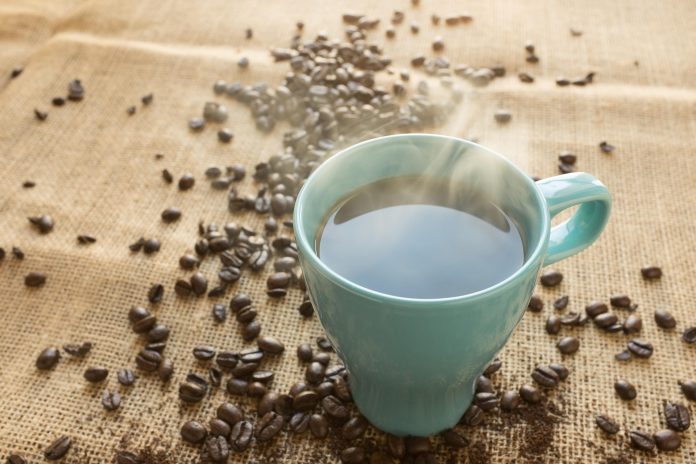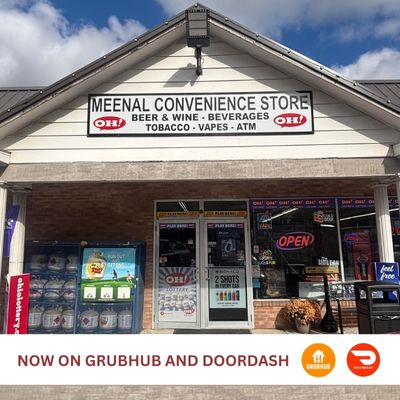Your water heater could be the culprit behind consistently bad coffee, especially during summer months when hot water demand decreases and sediment settles in tanks. Most home water heaters are set to 140 degrees Fahrenheit for safety, but optimal coffee brewing requires water between 195-205 degrees. This temperature gap means your coffee is under-extracted, resulting in weak, sour, or bitter flavors that no amount of expensive beans can fix.
Professional baristas use thermometers to ensure proper water temperature, but home brewers often rely on the “wait 30 seconds after boiling” method. This technique works inconsistently because altitude, humidity, and starting water temperature all affect cooling rates. In Northeast Ohio’s summer humidity, water cools more slowly than in dry conditions, making timing methods unreliable.
Water quality also plays a crucial role, with hard water containing high mineral content that can overpower delicate coffee flavors. Northeast Ohio’s water contains significant calcium and magnesium levels, which extract different compounds from coffee grounds than soft water. Hard water tends to over-extract bitter compounds while under-extracting sweet and acidic notes, creating unbalanced flavors.
The solution involves either upgrading to a temperature-controlled kettle or adjusting your brewing method to compensate for cooler water. Electric kettles with temperature controls eliminate guesswork and ensure consistent results. For pour-over methods, aim for 200-205 degrees, while French press coffee works best at 195-200 degrees.
Summer presents additional challenges because ambient temperature affects brewing. Coffee brewed in 85-degree kitchens extracts differently than coffee brewed in 70-degree rooms. Hot summer kitchens can cause over-extraction, while air conditioning can slow extraction rates. Adjusting grind size helps compensate for temperature variations: slightly coarser grinds for hot kitchens, slightly finer for air-conditioned spaces.
Storage becomes critical during summer heat and humidity. Coffee beans exposed to temperatures above 80 degrees lose volatile oils that create complex flavors. Storing beans in airtight containers away from heat sources preserves quality, but avoid refrigeration, which introduces moisture that degrades flavor compounds.
Grinding temperature also matters. Blade grinders generate heat that can damage coffee oils, while burr grinders produce more consistent particle sizes without excessive heat. Grinding right before brewing maximizes flavor extraction and prevents oxidation that occurs when ground coffee sits exposed to air.
Water filtration systems can address hard water issues, but they require regular maintenance to function effectively. Carbon filters remove chlorine and some minerals, while reverse osmosis systems eliminate most dissolved solids. However, completely demineralized water produces flat-tasting coffee because some minerals aid extraction.
The most overlooked factor is equipment cleanliness. Coffee makers accumulate oils and mineral deposits that create rancid flavors. Descaling every month and thorough cleaning after each use prevents buildup that contaminates even perfectly brewed coffee.
Discover more from Northeast Ohio News
Subscribe to get the latest posts sent to your email.










